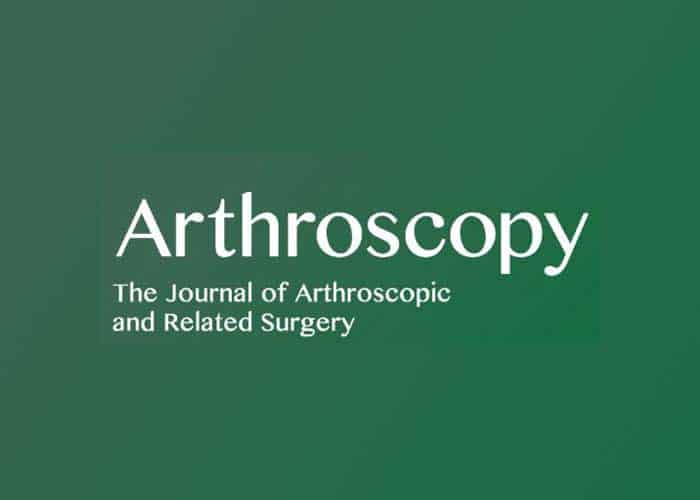
Authors:
Jay Moran B.S., Christopher A. Schneble M.D., Lee D. Katz M.D., Andrew E. Jimenez M.D., William McLaughlin M.D., Kinjal Vasavada B.S., Annie Wang M.D., Kyle N. Kunze M.D., Jorge Chahla MD, Ph.D., Robert F. LaPrade M.D., Ph.D., Michael J. Alaia M.D., Michael J. Medvecky M.D.
Abstract:
Purpose
To determine the incidence of ramp lesions and posteromedial tibial plateau (PMTP) bone bruising on magnetic resonance imaging (MRI) in patients with multiligament knee injuries (MLKIs) and an intact anterior cruciate ligament (ACL).
Methods
A retrospective review of consecutive patients surgically treated for MLKIs at 2 level I trauma centers between January 2001 and March 2021 was performed. Only MLKIs with an intact ACL that received MRI scans within 90 days of the injury were included. All MLKIs were diagnosed on MRI and confirmed with operative reports. Two musculoskeletal radiologists retrospectively rereviewed preoperative MRIs for evidence of medial meniscus ramp lesions (MMRLs) and PMTP bone bruises using previously established classification systems. Intraclass correlation coefficients were used to calculate the reliability between the radiologists. The incidence of MMRLs and PMTP bone bruises was quantified using descriptive statistics.
Results
A total of 221 MLKIs were identified, of which 32 (14.5%) had an intact ACL (87.5% male; mean age of 29.9 ± 8.6 years) and were included. The most common MLKI pattern was combined injury to the posterior cruciate ligament and posterolateral corner (n = 27, 84.4%). PMTP bone bruises were observed in 12 of 32 (37.5%) patients. Similarly, MMRLs were diagnosed in 12 of 32 (37.5%) patients. A total of 8 of 12 (66.7%) patients with MMRLs demonstrated evidence PMTP bone bruising.
Conclusions
Over one-third of MLKI patients with an intact ACL were diagnosed with MMRLs on MRI in this series. PMTP bone bruising was observed in 66.7% of patients with MMRLs, suggesting that increased vigilance for identifying MMRLs at the time of ligament reconstruction should be practiced in patients with this bone bruising pattern.
You may download the complete study:
